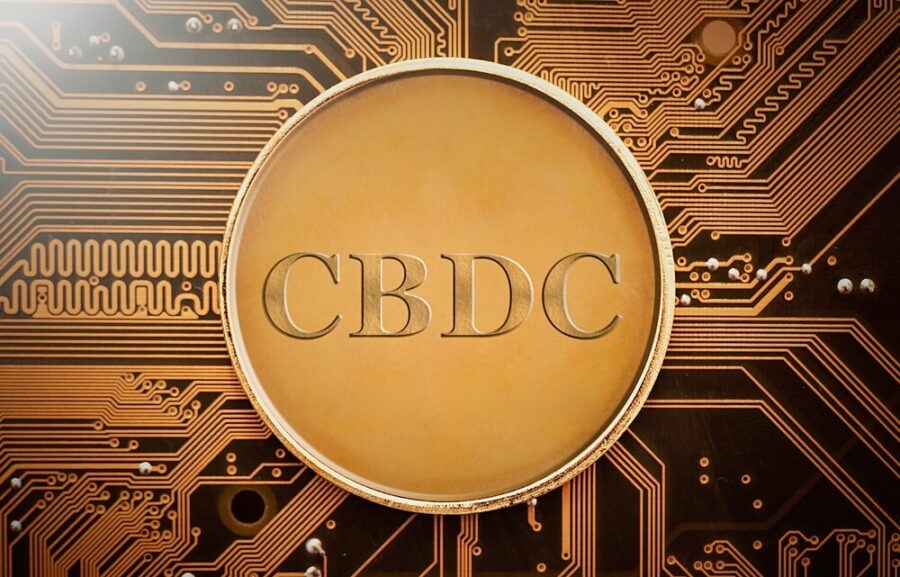The Digital Currency Monetary Authority (DMCA) recently announced its international coin using the ANSI Character Ü and is also labeled by some as a central bank digital currency or CBDC, apparently with IMF blessings as it was announced during the International Monetary Fund (IMF) Spring Meetings in Washington.
The DCMA, a private organization that advocates the proliferation of digital currencies in money systems, is reportedly working with governments and central banks on blockchain and digital currency cryptography since 2013.
Called the Universal Monetary Unit (UMU), Unicoin is designed to support real-time settlement of cross-border payments, at lower costs than legacy systems.
Read: CBDCs and gaming will push blockchain into the mainstream
Is it by itself a CBDC?
A CBDC is the digital form of a country’s fiat currency. UMU will not be a central bank digital currency in the traditional sense and not in the foreseeable future, although it could function like one.
According to the DCMA, UMU is designed to be suitable for central banks to create retail (for use by the public) and wholesale CBDCs (for use by financial institutions.) in quick, efficient, and simplified manners.
Banks will be able to link UMU digital currency wallets with bank accounts to process cross-border payments, similar to SIFT codes, but using digital currency and blockchain network, at wholesale foreign exchange rates. However, UMU will not be a legal tender for negotiating domestic prices or international trade agreements. Instead, it will function as a store of value, and mitigate currency devaluation.
UMU has premium exchange rates built into its wallet enabling it to change currency amounts to their equivalent UMUs and potentially allowing merchants to accept UMUs for the equivalent market value of their goods and services.

Countries with CBDCs
Only 11 countries have fully launched a CBDC, according to the Atlantic Council’s CBDC tracker. One hundred countries are piloting, researching, or developing the technology behind the digital currency today.
The Bahamas’ Sand Dollar was issued in October 2020, becoming the first nationwide CBDC in the world. Nigeria launched its eNaira also last year but suffers low adoption as merchants are unwilling or unable to accept the currency.
CBDCs are on the radar screen for The European Central Bank (ECB) which is due to finish its probe into a digital euro this coming October. Recently, the Bank of England (BoE) said it was looking into boosting its CBDC team for a potential ‘Britcoin.’ For its part, Sweden is undergoing a pilot program to issue its own e-krona.
UMU functions
UMU is more accurately described as a private stablecoin than a CBDC and Ripple and stablecoins are current competitors to the coin as they are also able to conduct international transactions at much greater speeds than current bank transfer means.
UMU is a complementary money commodity that serves as a store of value, aiming to mitigate potential seasonal and systemic local currency depreciation.
UMU operates using the Staked Proof of Trust (SPOT) Protocol, a multi-dimensional Distributed Ledger Technology (mDLT), and an Artificial Intelligence (AI)-powered central banking monetary policy framework.
DCMA introduced the UMU as “Crypto 2.0,” emphasizing its potential for broad adoption in the global economy.
Chinese and US digital coins
China will soon start paying the salaries of public sector employees in Changshu using CBDCs, as China continues rolling out its fintech.
Changshu City houses over 1.5 million residents.
As of April 2023, China’s CBDC expansion has reached 26 different regions in 17 of 23 provinces with Taicang becoming the first location in July last year to fully offer wages in digital yuan.
The US Federal Reserve, meanwhile, is exploring using a digital payments system and debuting it in July 2023.
Aka FedNow, the coin will create “a leading-edge payments system that is resilient, adaptive, and accessible,” according to Richmond Fed President Tom Barkin, who is the program’s executive sponsor.
The system will pave the way for bill payments, money transfers from the government, as well as a number of other consumer activities.
Institutions that participate in the program will have seven-day, 24-hour access, as opposed to a system currently in place that closes on weekends.
Supporters of the program believe it will move money out to people much more quickly.
Some Fed officials say the program could even replace the need for a CBDC.
For more on CBDCs, click here.








